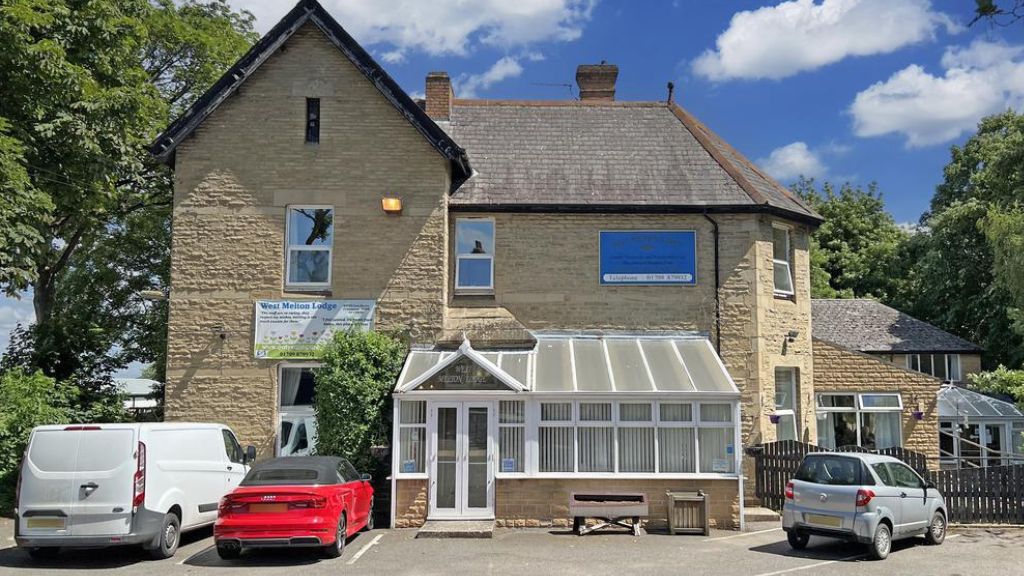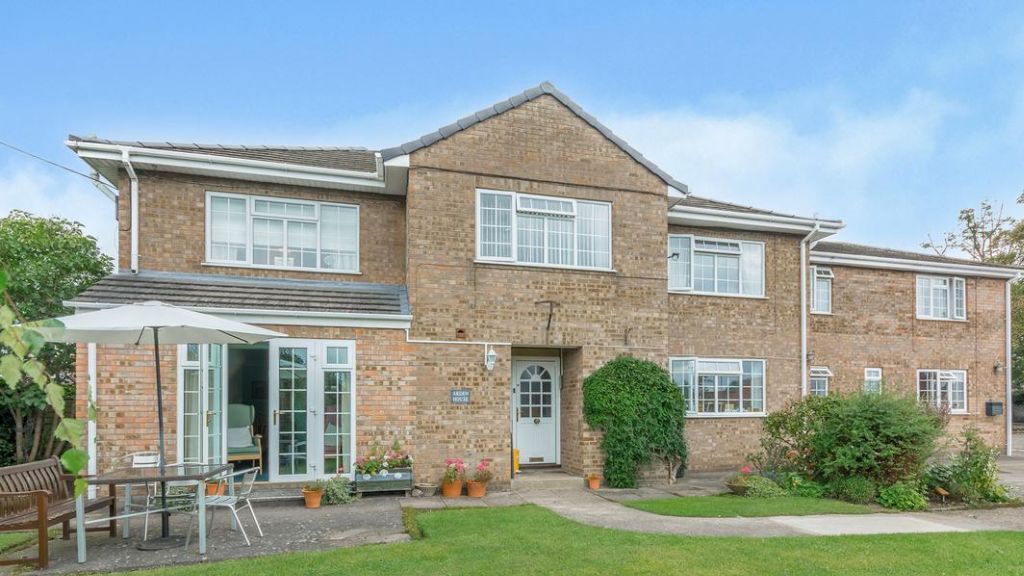A ‘deep dive’ into the care home property market
Developers and operators are being urged to build more care homes across the country as a new report reveals a growing shortfall in bed numbers and issues with existing buildings which are increasingly unfit for purpose.
The newly released Healthcare Development Opportunities report from Knight Frank takes a deep dive into the state of healthcare’s ageing supply.
And it reveals that care home supply over the last year grew by just 86 beds – or 2.9% – despite the population of over-65s increasing by 20.7% over the same period.
There has also been an increase in the number of deregistrations of care homes, driven by the fact that older assets – 76% of care homes are over 20 years old – are no longer fit for purpose. This is largely due to a lack of ensuite or wetroom facilities and concerns by the Care Quality Commission, with 19% of existing facilities currently rated as ‘requires improvement’ or ‘inadequate’ following inspections.
Commenting in the report, Freddie Richards of Shoreline Partners, said: “We are simply not building enough new homes to meet the growing demand.
“This is concerning in itself, and even more so considering a large proportion of the existing stock is not fit or safe to promote the delivery of quality care to some of the most-frail and vulnerable people in our society.
“We need to see much more stock come online to expedite the closure of sub-standard homes that have been on the brink of closure for so long now.”

The number of care home beds grew by just 2.9% in the last year, despite the population of over-65s increasing by 20.7%
Site selection
Historically, new care home developments have been largely confined to the South and East of England and London. These counties tend to score well due to the expected demand for care beds, as indicated by high elderly population growth, economic growth, and wealth – all drivers of bed demand for self-funded residents.
Knight Frank’s report states that ‘careful and well-informed data-driven research is a vital part of the site selection process, while access to market insight is essential for any prospective care home development.
The company’s Development Hotspots Index gives a simplified insight into which locations offer the best prospects for care home development.
It analyses counties in England, Wales, and Scotland based on eight variables, including demographic and economic projections, levels of wealth, future supply pipeline, land values, and operational performance.
However, this year it also recognises the spread of opportunity across the sector and, for the first time, the data has been split into inner and outer London and presents the top counties regionally.
This has resulted in London no longer being in the top five areas of opportunity.
Instead, in England and Wales, South Glamorgan and Cambridgeshire have taken the first and second spots respectively.
The research also shows that the average new-build care home can take around two years to reach full occupancy.

2024 saw 17% more planning schemes than the previous year, hinting at a promising pipeline for the future
The report states: “Fill rates can vary, with high-quality sites running at a mature occupancy within 18 months, while others take as long as four years.
“In several regions, higher weekly fees are achievable by new-build homes. Still, there is the risk of a slower ramp-up due to the care provision already in place and available to prospective residents.
“Site selection is an art, not a science, and an exceptional operator in a compromised site has the potential to trump the usual metrics
“This potential variation can translate into income gains or losses over a given period, highlighting the importance of investing time and money in site selection.”
Richards adds: “We will be seeking to tick as many of the standard boxes as possible when selecting a site, including things such as population density, availability of staff, prominence, and competition.
“However, site selection is an art, not a science, and an exceptional operator in a compromised site has the potential to trump the usual metrics.”

Much of the existing care home stock is outdated
Old or new?
According to the report, 2024 saw a dip of 36% in the number of new builds compared to 2023.
However, 2024 also presented 17% more planning schemes than the previous year, hinting at a promising pipeline for the future.
But, while the need for new, purpose-built care homes is clear, there is still an opportunity, and a desire among developers and financiers, to repurpose existing stock.
The bottom end of the market needs to go as it incapable of delivering high-quality care and frequently offers poor value to residents
Richards says: “We are seeking to drive the quality of the built environment and care delivery, so we are naturally focused on new builds, but also acquire standing investments selectively.
“We are seeing some operators doing this with great success.
“The slow pace of new developments is enhancing the opportunity here.
“However, the bottom end of the market needs to go as it incapable of delivering high-quality care and frequently offers poor value to residents.
“I would like to see a lot more closures than we have seen to date. Perhaps the recent changes to NIC will meaningfully accelerate what has been a slow and steady trend of closures to date.”

There has also been an increase in the number of deregistrations of care homes
Attracting investment
Commenting on what makes a deal attractive, Richards points to security of income as a key component driving investment in the sector.
“We are very fortunate in the care sector that we have 35-year leases which normally gets investors ‘leaning in’,” he said.
“However, when assessing security of income, we look beyond the lease.
“For us, ultimate security of income comes from the knowledge that if an operator was to hand us back the keys to a property, we could re-let it and preserve value. We call it the ‘Keys Back Test’ – and any, and every, investment must pass this test.”
In terms of the ‘sweet spot’ for care home sizing, unlike many other countries, which favour large-scale builds, the UK generally looks for developments of between 60-80 beds.
Richards said: “For us, there are two key considerations.
“The first one is what size of home facilitates the delivery of great care?
“The second one is what size of home will have the broadest-possible appeal to the operator community?
“For the time being, that probably leaves us generally avoiding homes much over 80 beds and below 60 beds.”

The cost of building is increasing
Rising construction costs
Addressing the issue around rising build costs and the impact this is having on delivery of new care homes, Richards said: “This situation is clearly problematic, and there is no easy fix.
“Outward yield movement has added to the problem in respect of pre-let forward-funding deals, although this has in part been offset by the material resident fee increases and, in turn, strong rental growth that we have seen in recent years.
“We have found that collaboration, attention to detail, and a reasonable approach from all parties regarding financial returns can get many projects over the line
“However, the trees don’t grow to the sky, and there will be a limit to both fee and rental growth.
“Our approach has been to work selectively with high-quality developers and operators on an open-book and collaborative basis.
“Taking this approach, we work through the detail of projects and find a landing zone for all parties.
“There is no magic to it, but we have found that collaboration, attention to detail, and a reasonable approach from all parties regarding financial returns can get many projects over the line.”
He adds: “In years gone by, if you wanted development funding for a new care home, you would be fortunate to even get a meeting with anyone.
“But, with investors and lenders drawn to the compelling market case, there is greater choice of funding options than ever before.”
Looking to the future
In the report’s conclusion, Mandip Bhogal, a partner in Knight Frank’s development consultancy, called for two courses of action – building more care homes, and paying attention to the potential of standing stock to reduce the level of care home closures.
He adds: “While new beds are being developed, the current level of home closures means that demand is outpacing supply.
“The demographic shift, alongside the minimal growth in supply numbers, is such that, by 2050, we will likely see a shortfall of around 200,000 beds.
“Taking this a step further and drilling into the supply of ensuite beds, we can see that we are already in a deficit.”
Read the full report here




